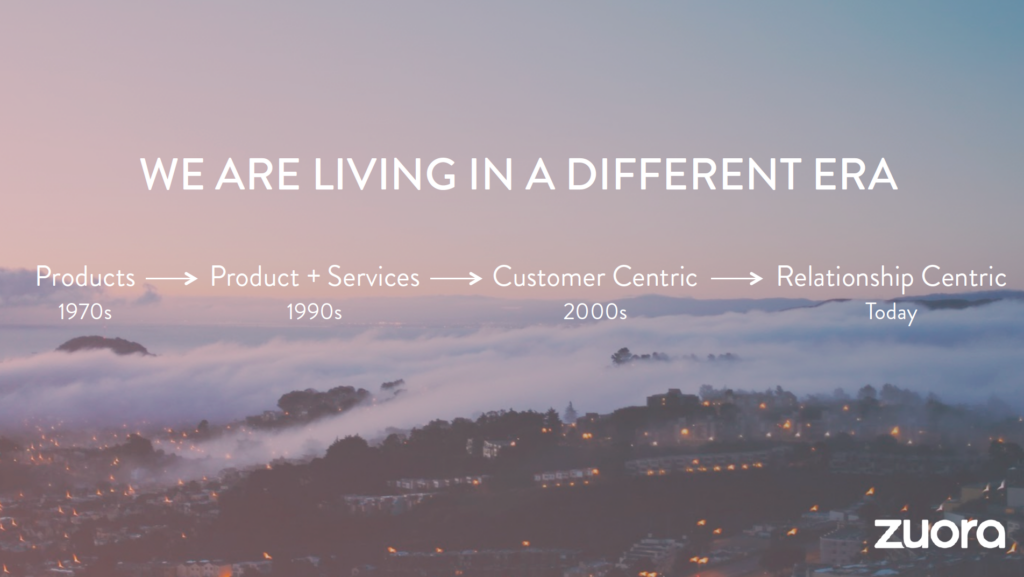The Tremendous 10 link roundup, #168
- How to Make Yourself Work When You Just Don’t Want To | “There’s that project you’ve left on the backburner – the one with the deadline that’s growing uncomfortably near. And there’s the client whose phone call you really should return – the one that does nothing but complain and eat up your valuable time. Wait, weren’t you going to try to go to the gym more often this year?”
- What to Do When Work Is Slow | “When work is flying at you, you know you have to execute at a fast and furious pace. Deadlines loom, you’re busy and engaged, and, sometimes, just barely keeping up. Having breathing room in your schedule seems like a dream. But when work slows down, you might find yourself drifting — unable to get excited about the tasks you could do, moving more slowly than usual, maybe reading articles and watching videos that have no particular relevance to your job. You just feel bored.”
- NORWEGIAN LANDSCAPES | “Neue won the contract to design Norway’s new passports, with a concept exploring the sweeping landscapes of the nation.”
- The Ecological Footprint of Fish | “Artist duo Chow and Lin have produced a visual representation of the amount of small fish it takes to produce large farm-raised fish in China. The three big fish in the middle of the graphic eat all of the other fish surrounding them before they’re harvested.”
- Is Conference Room Air Making You Dumber? | “A small body of evidence suggests that when it comes to decision making, indoor air may matter more than we have realized.”
- The Greatest Sales Deck I’ve Ever Seen | “It’s Zuora’s, and it’s brilliant. Here’s why.”
- Don’t Sell a Product, Sell a Whole New Way of Thinking | “The problem is that data, information, and value propositions are not enough to sell innovative products. We all know the saying, ‘I’ll believe it when I see it.’ But when it comes to innovation, the truth is often ‘I’ll see it when I believe it.’ To sell your idea to executives, buyers, and users, you have to change not only what they think, but how they think. Without the right mental model, they won’t see the problem, understand the benefits, or make the change.”
- Mental Models I Find Repeatedly Useful | “A mental model is just a concept you can use to help try to explain things (e.g. Hanlon’s Razor — ‘never attribute to malice that which is adequately explained by carelessness.’). There are tens of thousands of mental models, and every discipline has their own set that you can learn through coursework, mentorship, or first-hand experience.”
- The McDonaldization of UX | “Our processes have become standardized — not too much different from the way in which McDonald’s standardized making cheeseburgers and fries. This is what McDonaldization does. It standardizes, delivers a product in high volume (low in quality), streamlines efficiency and exerts a certain amount of social control to standardize the thinking and behavior of designers regardless of where they work. Ultimately, this becomes dehumanizing when a designer is so bold as to venture outside the realms of established norms in the profession.”
- Nothing Fails Like Success | “A family buys a house they can’t afford. They can’t make their monthly mortgage payments, so they borrow money from the Mob. Now they’re in debt to the bank and the Mob, live in fear of losing their home, and must do whatever their creditors tell them to do. Welcome to the internet, 2019.”
Image: a slide from Zuora’s sales deck, via link #6.
